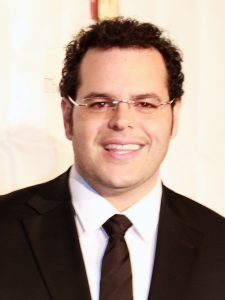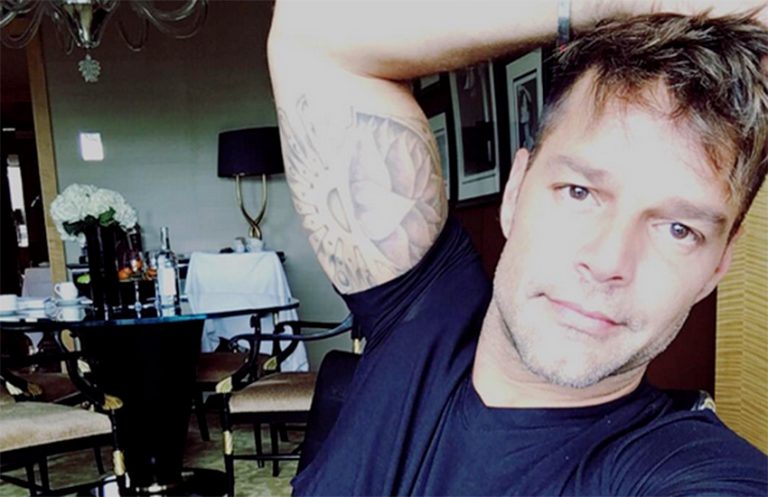In order to live a happy life you must first accept who you really are
Dear Max,
I don’t like being gay. I’ve already accepted the fact that I’m gay and that there isn’t anything that I can do about it.
I understand that it was never a choice and that, in order to be happy with myself, I have to be “happy” with IT. But I’m not.
I realized that I was gay when I was seventeen and, at that time, only admitted to myself that I was gay, but I was never happy with it. It was kind of like I was told I had cancer; it’s the truth, but I didn’t want to think about.
I had always assumed that it was my youth that prevented me from truly accepting my sexuality and that I would eventually, sort of, “grow out of it”. But in two weeks, I’ll turn 24 and my attitude towards my sexuality hasn’t changed at all.
My family is the most important thing to me. We’ve been through hell and back together. My siblings know I’m gay and still love me the same as they’ve always had. But they both agree that my parents will never accept me as a gay son. I had always assumed that they would live with me in their ripe-old ages and that they would be the abilities for my children that I didn’t have.
I’ve come out to co-workers in the past and the fear of rejection isn’t astoundingly large. Although it’s always DEFINITELY been there. I know it sounds bad. But I could not care less what they think of me, it’s my family that’s always important. But the reality is, you need a job to feed yourself and it would become exceedingly difficult to become an excellent employee if you’re always afraid to share yourself with your coworkers.
The same is true for making strong friendships. I always thought that I would marry, have children and live the kind of life that my parents unsuccessfully worked so hard to give to us. That definitely won’t happen.
Why? First, gays can’t have children. Second, It would be notoriously difficult to enter a lifelong relationship with another man when I can’t accept that I WANT to be with another man (this comes from my dating experiences), and third (the most important) you can’t guide children into adulthood if you, yourself can’t accept yourself like an adult.
Professional counseling is great, if you’re wealthy. But for me, I can’t help but think that life would be so much rosier if I had been born straight.
–Unhappily gay
Dear Unhappily gay,
You are so wrong in so many ways. Gays can have children, they can marry and they can definitely live very happy and fulfilling lives. I understand that you don’t want to be gay and that you would want another life. Well, I don’t really understand it, but I do accept it.
Life can be tough but it can also very beautiful. Focus your energy into positive things instead of the negatives. Who are you? are you just someone who likes men? is that what your life is all about? I don’t think so and I don’t think you have accepted who you really are as a person.
You are a beautiful person. You are unique and you are surrounded by family and friends. You are now someone very special to our b-gay.com readers. By asking this question, you may be helping people that you will never know. Their lives may change because they actually know what you are going through. So your life has meaning in so many ways. Doesn’t that make you happy?
Stop wishing you were straight. The grass is not always greener on the other side. Find out who you are and accept your destiny. Talk to other gay people. Once you do that, you will find the key to a successful and happy life.
Good luck!








